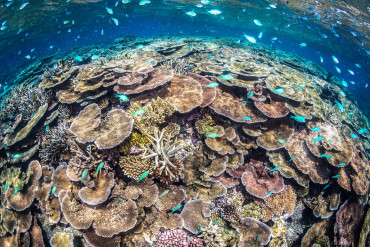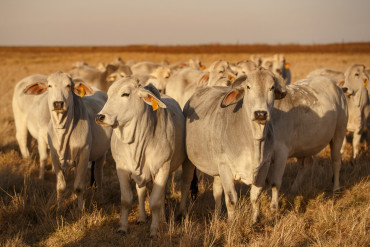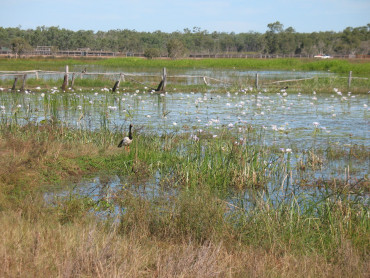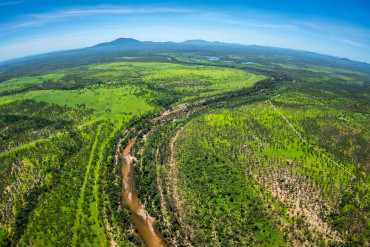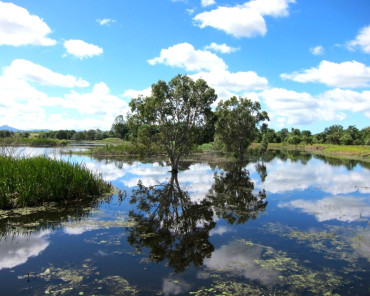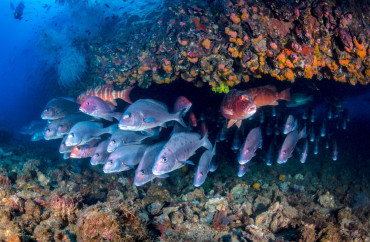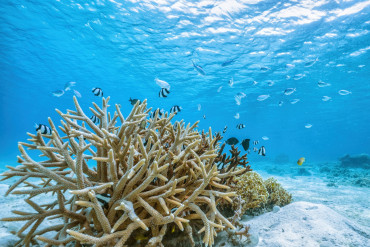The first review of the influence of land-based pollutants on the Great Barrier Reef by an independent panel of experts was carried out in 2002. The first formal Scientific Consensus Statement was produced in 2008. Each update builds on earlier Statements to get a more complete picture about the influence of land-based activities on Great Barrier Reef water quality and ecosystem condition and how land-based activities can be managed to improve the quality of water flowing into the Great Barrier Reef. Policymakers use the Scientific Consensus Statement as a key evidence-based document when they are making decisions about managing Great Barrier Reef water quality.
In the lead up to the 2022 iteration of the Scientific Consensus Statement, the Australian and Queensland governments sought expert advice and stakeholder feedback on how the process to develop the Scientific Consensus Statement could be improved. Of key importance, it was clearly identified that the process needed be more transparent to help build greater confidence and trust in the findings.
As a result, several enhancements have been made to the way that the 2022 Scientific Consensus Statement has been developed, designed, and delivered compared to earlier iterations.
Refinements include:
- Additional steps to ensure higher levels of independence from end users in the coordination of the project, synthesis of the evidence and review of the outputs.
- Development of a set of guiding principles to underpin the design, delivery and implementation of all aspects of the 2022 Scientific Consensus Statement.
- Obtained probity advice to manage real or perceived conflicts of interest throughout the process.
- Greater transparency about the approach used for each major step of the development process.
- Extensive consultation with policy, management, science and stakeholder representatives to identify and prioritise a series of specific questions (rather than broad chapters).
- Establishment of a transparent author selection process through broad calls for expressions of interest.
- The use of formal best practice evidence-based synthesis methods that supported transparency in the way that evidence was identified and synthesised, minimised bias and could demonstrate levels of confidence in the evidence.
- Increased rigour around the peer review process including the establishment of an independent Editorial Board to design and manage the process.
- Adoption of formal methods for reaching scientific consensus involving a large number of experts to develop the Conclusions and Summary.
- Ensured that the Summary and Conclusions documents were clearly linked to, and supported by, the underlying evidence base.
- Incorporation of an additional layer of assurance and oversight by Australia’s Chief Scientist to ensure that the processes to develop the 2022 Scientific Consensus Statement were transparent, robust and credible.
Each of the five major steps of the 2022 Scientific Consensus Statement development process (question setting, author selection, synthesis methods, peer review and consensus) has been fully documented to ensure transparency, and has a formal approach document that describes its design, decision-making and delivery as well as demonstrating how the process aligns with the guiding principles for the project. This documentation also ensures that the process is repeatable in the future, in the Great Barrier Reef or elsewhere.


